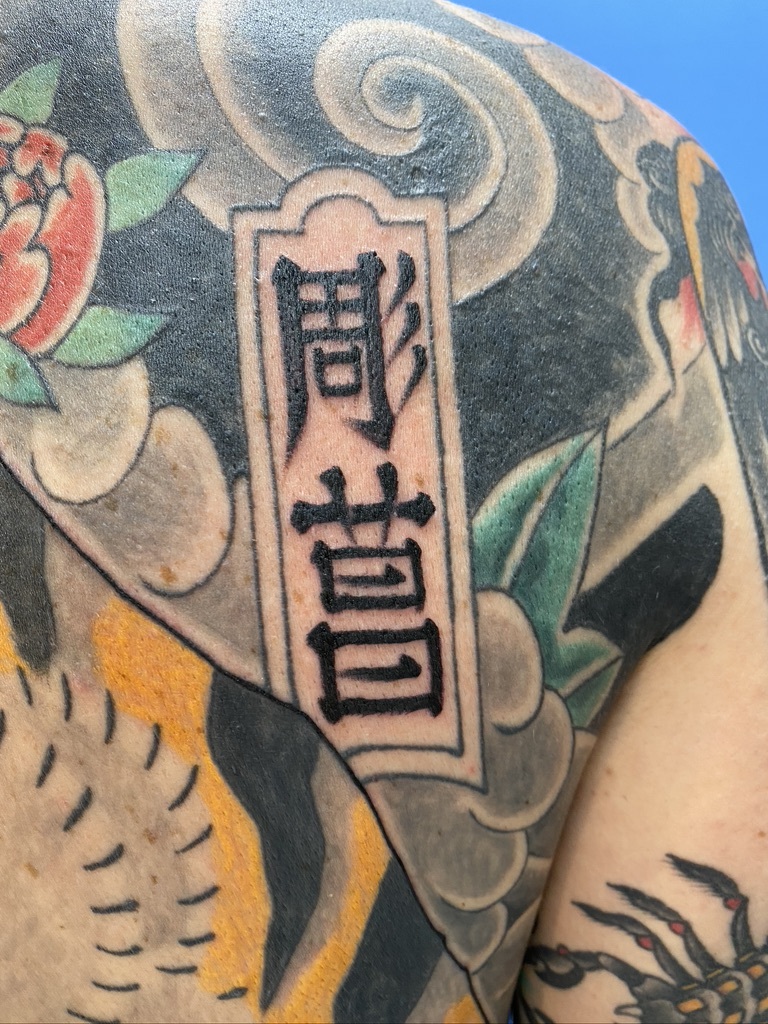Traditional japanese back tattoos are the ultimate statement of the japanese tattoo. The japanese word for this is “Kamenoko“. Japanese backpiece tattoos take a full body approach to tattooing. The backpiece is not only the largest tattoo on the body, it is also the central one, and establishes the theme and sense of proportion for all of the wearer’s tattoos. It is traditionally accomplished as your first tattoo for this reason.
Carl Hallowell, a master tattoo artist renowned for his expertise in traditional japanese tattooing, invites you to experience the height of this folk art form by accomplishing your own backpiece. Carl has a deep understanding of japanese tattoo tradition, from its symbolism to its application; he brings forth it’s natural power and beauty in each of his japanese back tattoos.
Many of us Americans are drawn to the stark traditionalism of the japanese tattoo. This tradition, this adherence to right versus wrong, makes up the lion’s share of the significance of this art. This tradition also sets forth a specific pictorial language of the japanese style tattoo artist, that, with direction from your experienced tattooist, can be read like a story in the pages of a book.
The placement and format of the traditional japanese back tattoo is of the utmost importance. It extends from the base of the neck to the lower back, across the buttocks, and down to the back of the mid-thigh. Back tattoos allow for large works whose power is intensified by sheer size and the viewers visceral sense of the pain that was endured to achieve it.
The traditional back tattoo may be accomplished in one of two ways. The ultimate form would be “Complete” in which the whole back is completely tattooed with both a main subject and a full background. “Partial” would be expressed as a main subject alone with no background added. Sometimes a “Partial” approach is utilized now, looking to add background to achieve “Complete” later on down the tattoo road.
The placement of specific elements within the tattoo is carefully considered to create a harmonious and visually striking overall design. Whether dragon, koi fish, Japanese warrior or any of the other power images of the traditional japanese tattoo, placement of the images is very important and it’s practice is an art form in itself.
Learning how different body parts connect within the Japanese tattoo is a significant aspect of the journey toward mastering the art of japanese tattooing. The process of receiving a japanese back tattoo requires many, many sessions and is only recommended for those of unflinching will, iron determination, and who are demanding of victory at any cost.





